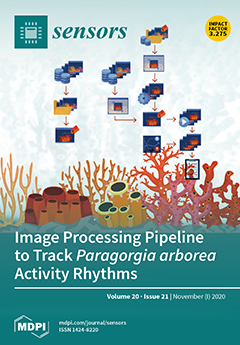Recognizing aggressive movements is a challenging task in human activity recognition. Wearable smartwatch technology with machine learning may be a viable approach for human aggressive behavior classification. This research identified a viable classification model and feature selector (CM-FS) combination for separating aggressive from non-aggressive movements using smartwatch data and determined if only one smartwatch is sufficient for this task. A ranking method was used to select relevant CM-FS models across accuracy, sensitivity, specificity, precision, F-score, and Matthews correlation coefficient (MCC). The Waikato environment for knowledge analysis (WEKA) was used to run 6 machine learning classifiers (random forest, k-nearest neighbors (kNN), multilayer perceptron neural network (MP), support vector machine, naïve Bayes, decision tree) coupled with three feature selectors (ReliefF, InfoGain, Correlation). Microsoft Band 2 accelerometer and gyroscope data were collected during an activity circuit that included aggressive (punching, shoving, slapping, shaking) and non-aggressive (clapping hands, waving, handshaking, opening/closing a door, typing on a keyboard) tasks. A combination of kNN and ReliefF was the best CM-FS model for separating aggressive actions from non-aggressive actions, with 99.6% accuracy, 98.4% sensitivity, 99.8% specificity, 98.9% precision, 0.987 F-score, and 0.984 MCC. kNN and random forest classifiers, combined with any of the feature selectors, generated the top models. Models with naïve Bayes or support vector machines had poor performance for sensitivity, F-score, and MCC. Wearing the smartwatch on the dominant wrist produced the best single-watch results. The kNN and ReliefF combination demonstrated that this smartwatch-based approach is a viable solution for identifying aggressive behavior. This wrist-based wearable sensor approach could be used by care providers in settings where people suffer from dementia or mental health disorders, where random aggressive behaviors often occur.
Full article






